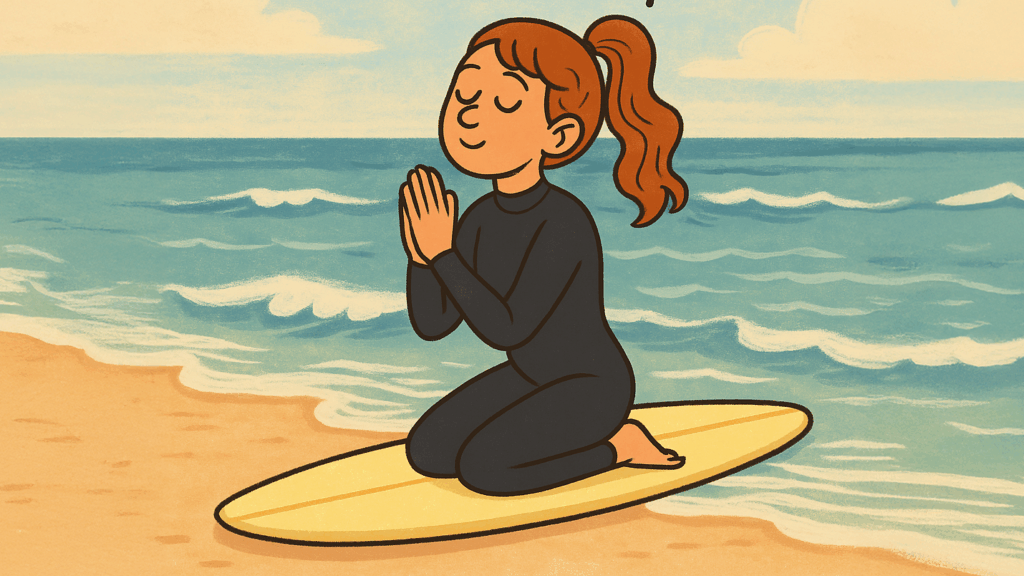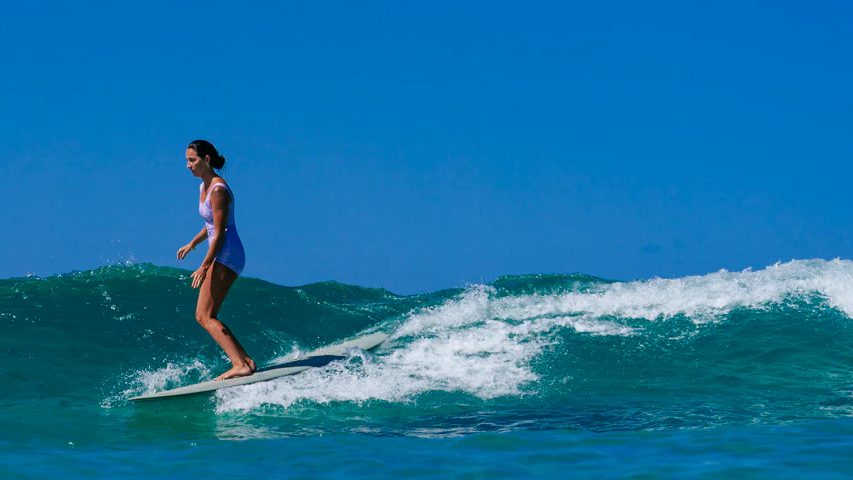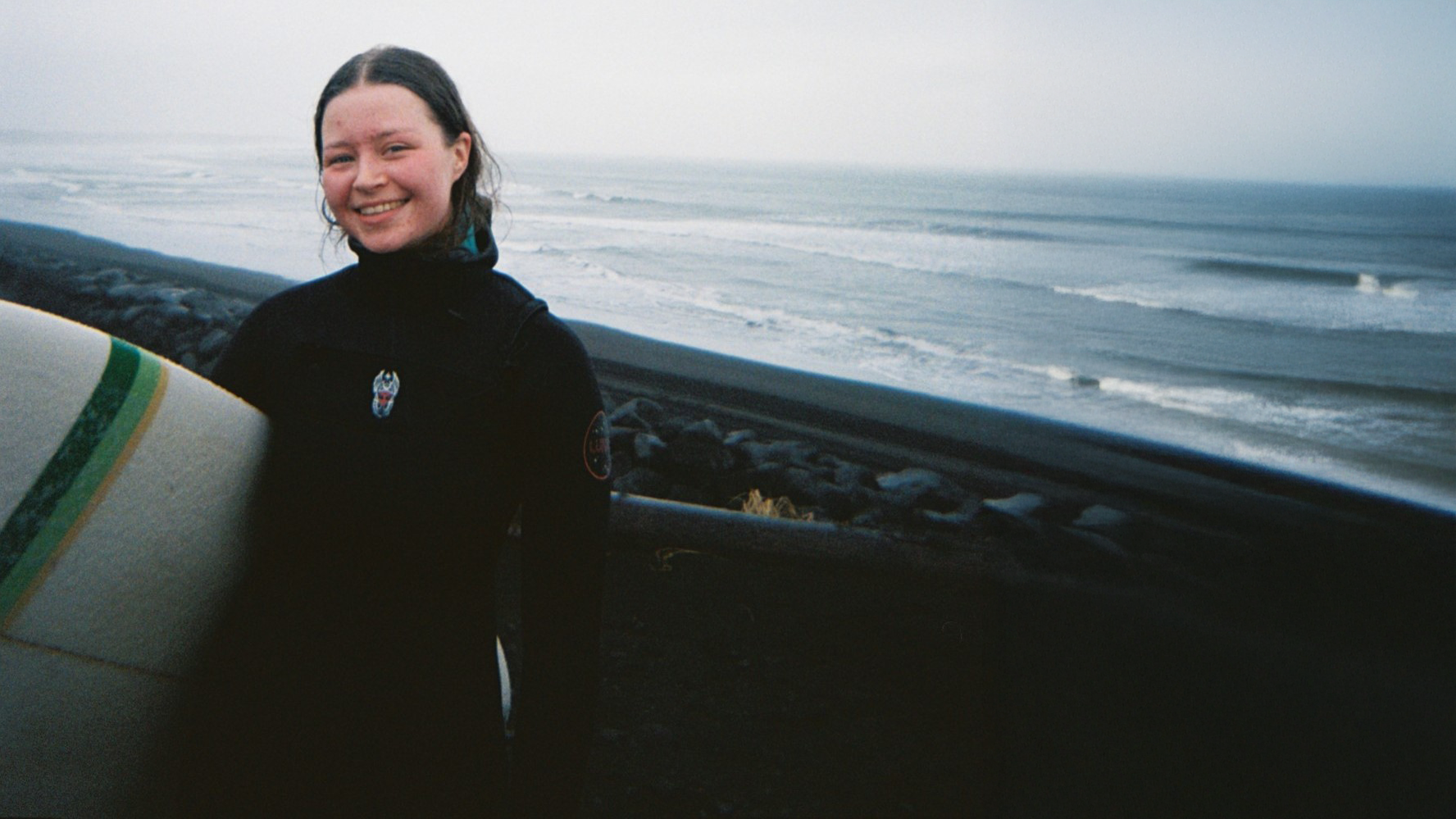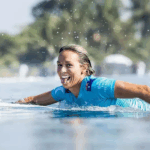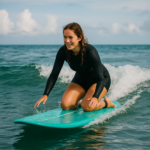Now Reading: All the methods of pop-up and why none of them work
-
01
All the methods of pop-up and why none of them work
All the methods of pop-up and why none of them work
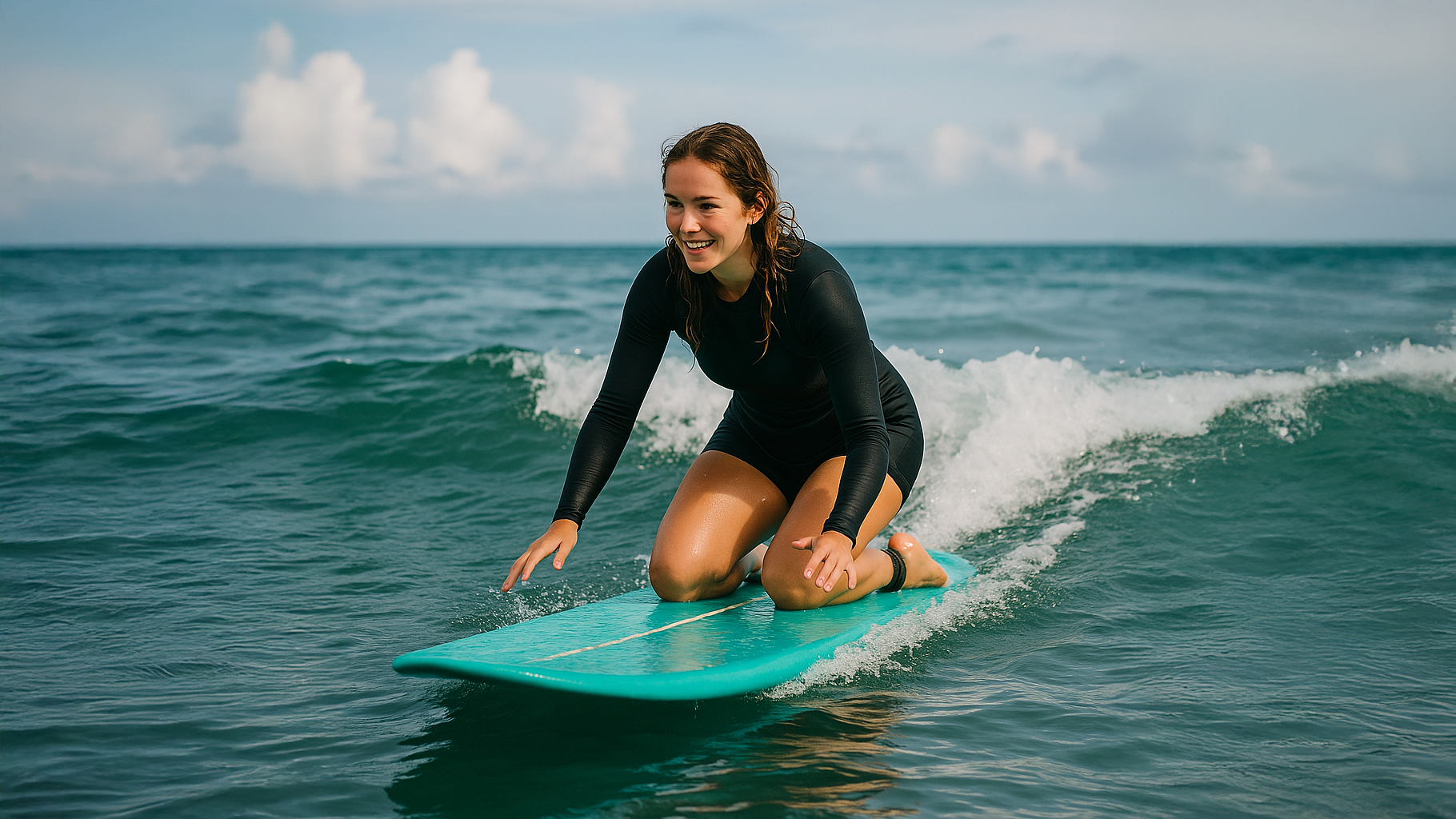
Pop-ups. The bane of every beginner surfer’s existence.
Chicken wing, two-step, explosive jump…we’ve tried them all—and none of them seem to really work. Today, we’re diving into the good, the bad, and the ugly of pop-up techniques.
A beachside pop-up horror story
I was on the beach this week and observed the most bizarre pop-up demonstration ever. I can only assume the person teaching those beginners was not an actual instructor, because it didn’t look like ANY of the pop-up methods I’m familiar with—and I’m familiar with a LOT.
But then again, I never knew some instructors teach the “knees on the board first” method because they want to guarantee you’ll stand up during your first lesson. What terrible damage they must be wreaking on an unsuspecting beginner who will spend years trying to get off their knees.
You already know I’m terrible at descriptions, so all I’m going to say is that this infamous pop-up ended with the “instructor’s” feet tangled together at the very end of a surfboard. Sigh.
That made me think—what other horrific pop-up habits do we adopt when learning, that stall our progress, and that could’ve been avoided if we were only told about their consequences?
The three main pop-up techniques (and why they kinda suck)
There are three main pop-up techniques, none of them perfect when you’re just starting out.
1️⃣ Two-step/ step-up/push-up method
You will most likely start with a Two-Step, also called Step-Up, also called Push-Up method. It’s a controlled, slower pop-up where surfers step up with their back foot first, followed by their front foot. You basically do a push-up—you push up your upper body with the strength of your arms and then step up. As with a push-up, it relies on your toes touching the board.
This is how I learned. It’s probably how most beginners learn when the holy grail of the explosive push-up (more on this in a second) is not available to you because you’re lacking flexibility and strength. Supposedly, it’s recommended for beginners to build confidence and consistency.
For me, it has certainly built consistency—consistency of ending up on my knees and relying on pushing off with my toes. I guess I will never be a shortboarder.
2️⃣ Chicken leg/chicken wing method
Then there’s the Chicken Leg or Chicken Wing method. Here, a surfer brings their back foot forward into a position that looks like a chicken wing. So now your back foot is probably just below your front leg’s knee, lying on the board regardless of the board’s length. You push up your upper body with your hands close to your chest and your back foot, and then you bring your front foot forward.
Woohoo—a method that works on any type of surfboard! And it works so well that you barely ever see anyone performing it, apart from some beginners on the beach.
This is because anyone in their right mind tries to stay away or move away from it as soon as possible. It can become a real hindrance if you want to pop up faster and eliminate that chicken wing mentality ingrained in your muscle memory. And if it’s not ingrained in your muscle memory, who’s got time to think about making a chicken wing when a wave is about to consume you?
Awesome. Two pop-up methods, and they both suck.
3️⃣ The standard/explosive/jump-up method
Now onto the Standard, Explosive, Jump-Up, or basically “Pop-up” method. I don’t even know if you can call the step-up and chicken wing techniques “pop-ups” unless there’s such a thing as a very slow poooop.
In this method, there will be no pushing up from your 10 or 5 toes—no siree. Your knees and lower thighs are on the board, and as you push up your upper body with your hands, you are supposed to create enough space between your board and your body to swing your legs forward.
Some experienced surfers land with both feet at the same time, some with their back foot first, but you’d usually have to watch a video in slow motion to realize which is which.
When done right, it looks so awesome and fluid, like a dance. And it’s the fastest way to get on a board, which is what we all want, no?
But… of course, there’s a but. This pop-up method is the most effective once mastered—but it’s pretty challenging when you’re starting out.
A bit of encouragement
So there you go. Three methods. No magic bullet.
You have to bite the bullet and increase your strength and flexibility. We are not giving up.
Last week, we mentioned burpees for days as a way of working on your upper body strength.
Today, I want you to try this little at-home challenge. If you have a smooth wooden or tiled floor, pop your leggings on. Lie on the ground.
- Upper body—get yourself into a cobra position, pushing with your hands close to your chest.
- Lower body—keep it limp, don’t activate it, and try to slide your lower body very slowly along so your feet eventually end up under you, or as close as you can get them.
And I’m saying very slowly because I don’t want you to break your big toe, as I almost just did.
It may not be as useful to you as it was to me, but it did make me feel better that this explosive pop-up is not completely out of my reach.
Next, we’ll talk about other ways beyond fitness that can help in improving your pop-up.













